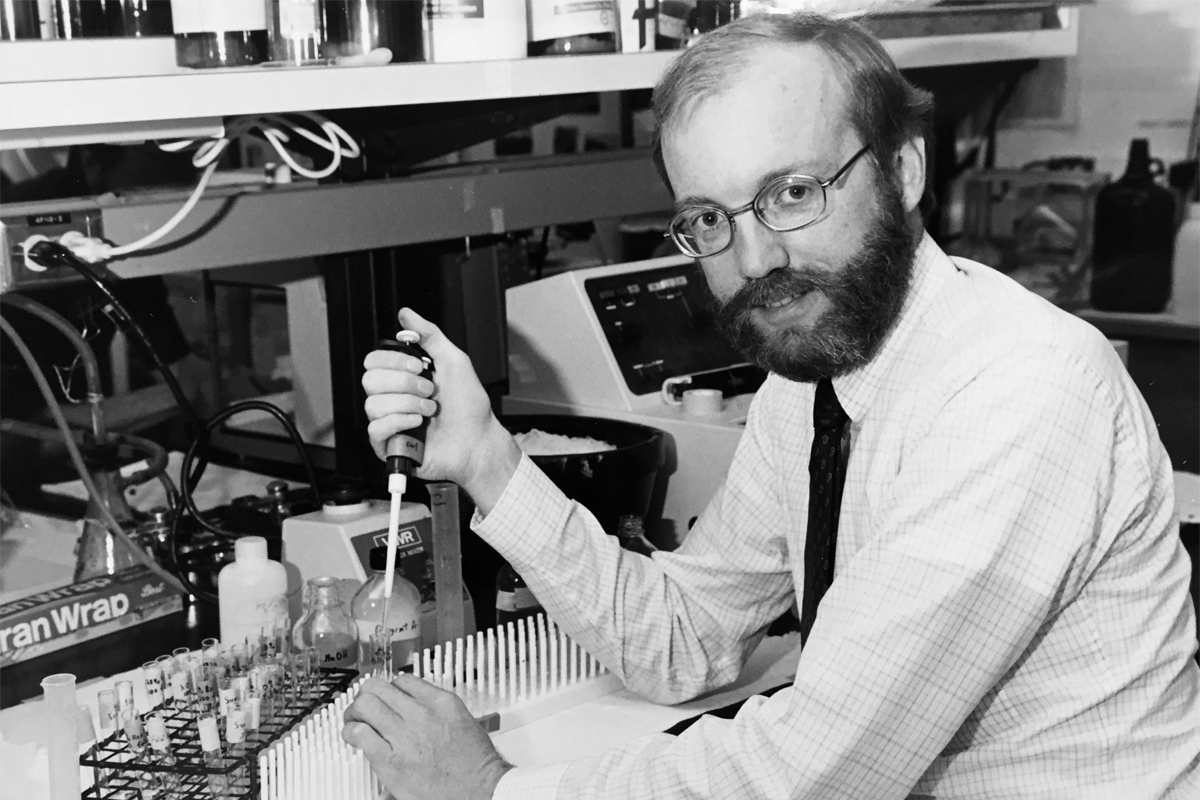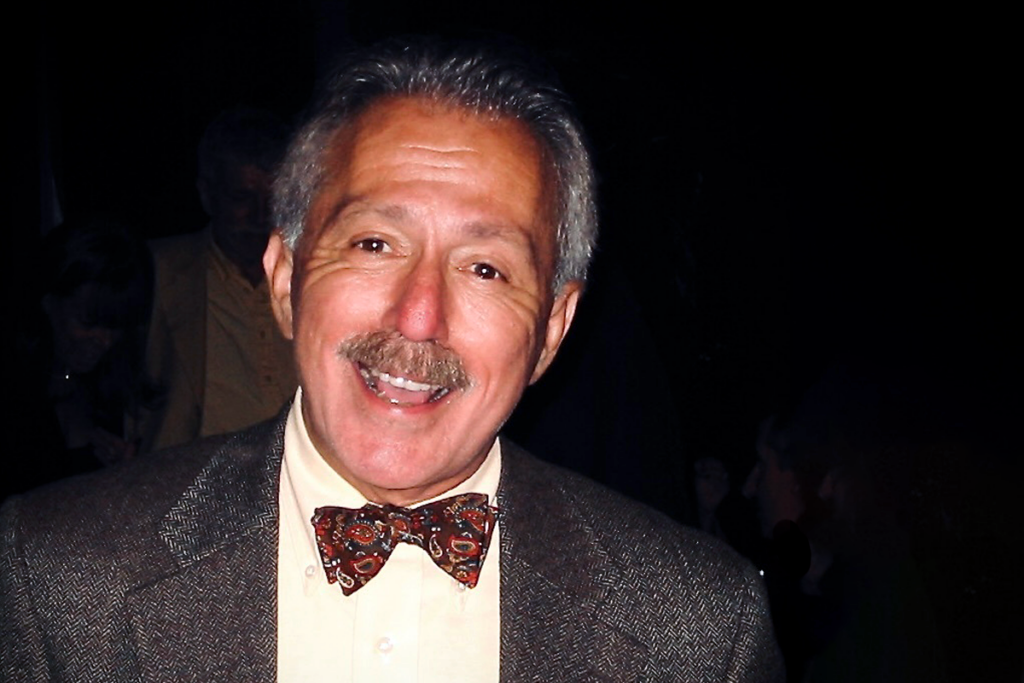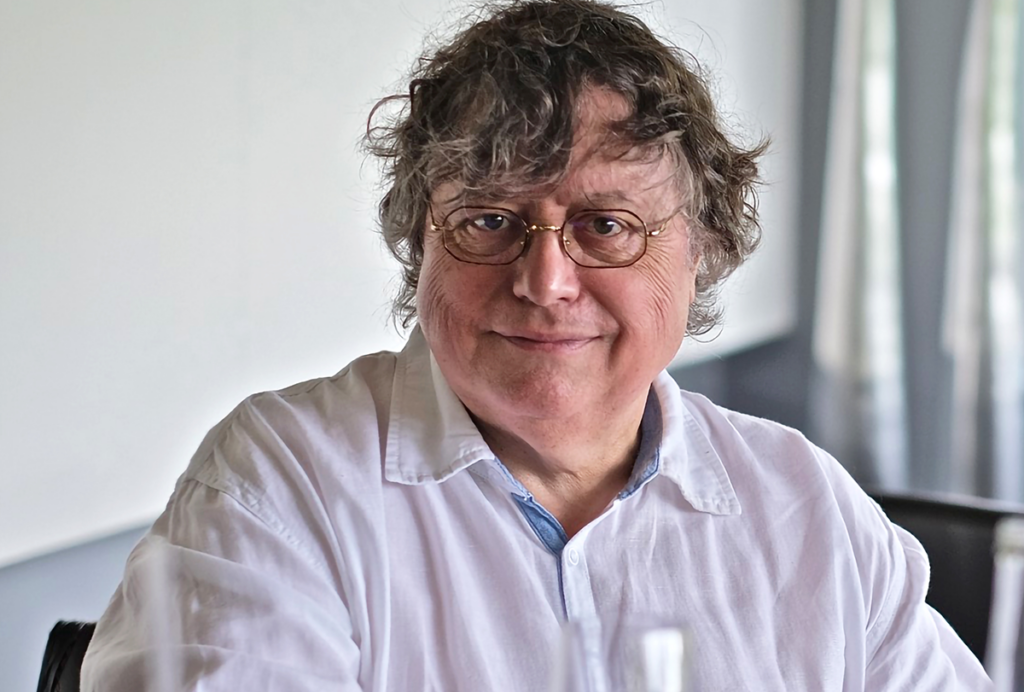William (Bill) Catterall, a biochemist who contributed to the fundamental understanding of ion channels, died on 28 February at age 77.
Catterall, professor of pharmacology and neuroscience at the University of Washington, spent his more than 50-year research career studying the heart and nervous system’s sodium and calcium voltage-gated ion channels using a variety of approaches. His work is “fundamental, textbook-like material,” says Lonnie Wollmuth, professor of neurobiology and behavior at Stony Brook University and Catterall’s colleague in the ion channel field.
In the 1980s, Catterall’s lab was the first to isolate sodium and calcium channels. From there, he analyzed the connection between the channels’ amino acid structures and functions, solved their 3D structures, interrogated the mechanisms of channel-binding toxins and drugs, and studied how their dysfunction contributes to disease.
“Bill Catterall’s name is pretty much synonymous with ion channels,” says Amy Lee, professor of neuroscience at the University of Texas at Austin and a former postdoctoral researcher in Catterall’s lab.
In addition to his scientific contributions, Catterall served as the pharmacology department chair for more than 30 years at the University of Washington and trained a small army of graduate students and postdocs. He was indeed the “father of ion channels,” says Lori Isom, professor of pharmacology at the University of Michigan and a former postdoc in Catterall’s lab, but she hopes he is remembered for his legacy as a mentor and leader, too.
“Bill was the smartest person I ever knew,” Isom says. “He was an incredible scientist. He was a wonderful writer. He was an amazing speaker. I learned an awful lot from him.”
C
atterall grew up in Providence, Rhode Island. He studied chemistry at Brown University and completed a senior thesis on the membrane proteins of red blood cells. He earned a Ph.D. in physiological chemistry from Johns Hopkins University in 1972 and then joined the lab of Nobel laureate Marshall Nirenberg at the U.S. National Institutes of Health (NIH).At the NIH, Catterall made his first foray into the world of ion channels. Catterall and Nirenberg set out to find the proteins in the brain responsible for excitatory signaling, recalls Bertil Hille, professor emeritus of physiology and biophysics at the University of Washington and Catterall’s longtime friend and colleague.
In one of their first experiments, Catterall and Nirenberg bathed mouse cell cultures in a toxin that activates sodium channels and measured the increase in sodium uptake. Hille says he reviewed the resulting 1973 paper and remembers, to his amusement, that Catterall didn’t use the term “sodium channel” but instead “action channel ionophore.”
Hille remembers telling Catterall, “You know, if you want to repel people from electrophysiology, use the word ‘action potential ionophore.’ But if you want to have them interested, call it a sodium channel,” Hille says. “It’s just before he really came into the field. It was his first effort.”
After completing his postdoctoral work and spending three years as an NIH staff scientist, Catterall joined the University of Washington pharmacology department as a tenured associate professor at age 31. He was a full professor two years later and department chair by age 38.
O
nce Catterall got his lab up and running, he used channel-binding toxins from scorpions, pufferfish, sea anemone and other species to isolate sodium channels and then characterize their function and distribution in neurons. Through one of the scorpion toxin studies, he isolated the larger alpha and two smaller beta subunits of sodium channels. The experiments culminated in a 1984 Science paper.When biochemical methods alone weren’t sufficient, Catterall added electrophysiology to his arsenal. “He became a master of doing the functional side as well as the biochemical side. Which I think is unusual,” Hille says. “Most biochemists would say, ‘Well, when it comes down to transistors and resistors and capacitors, I’m not here for that. I’ll let somebody else take care of that part, and I’ll do the biochemistry.’”
In an effort to determine the finer details of the relationship between structure and function, Catterall and his trainees started to mutate the channels’ amino acids in key domains. But this approach could only generate correlational data, says Ning Zheng, professor of pharmacology at the University of Washington, who collaborated with Catterall. It’s like getting rid of a car’s wheels, he adds: You know it makes the car stop running, but you don’t know where the wheels are located or how they work in connection with the rest of the vehicle.
Catterall wanted as full of an understanding as possible, and he wasn’t afraid to dive into new subfields that would better answer his research questions, Zheng says. So Catterall incorporated X-ray crystallography, and eventually cryo-electron microscopy, into his work. In 2011, Catterall, Zheng and their colleagues captured the first 3D crystal structure of a sodium channel, isolated from a bacterium. Catterall’s team went on to solve the structure of sodium channels in the heart and was the first to crystalize an activated sodium channel.
“I admired his energy, his tremendous enthusiasm, and his ability—without being a structural biologist by training—to always be thinking about the structure of ion channels and what they could tell us either about the pharmacology or function,” says Richard Tsien, professor of neuroscience at New York University.
In addition to studying structure and function, Catterall investigated how ion channel activity gone awry can contribute to diseases and developmental conditions, including cardiac arrythmia and Dravet syndrome. He kept doing research into his 70s.
“He was somebody that really expected excellence; he strove for excellence himself and demanded it in others. And through leading by that example, he was able to obtain it,” says John Scott, professor and chair of the pharmacology department at the University of Washington.
A
t any given time, Catterall maintained a cohort of about 20 postdocs, Isom and others say. He had a hands-off approach for the day-to-day operation of the lab, but “when he came to ask you about your data, you better have it,” Isom says.Catterall was an “exemplary mentor,” says Sung Han, associate professor of peptide biology at the Salk Institute for Biological Studies and a former graduate student in Catterall’s lab. “Whenever I brought him some interesting data, he always called me ‘Professor Han,’ even when I was a Ph.D. student,” Han says. “That was a huge support and encouragement to me.”
Catterall fostered many traditions in his lab, his former trainees say, including annual backpacking trips, barbecues, Christmas parties and impromptu ski days when Seattle had a rare bout of good weather. He also frequently took lab members sailing on his yacht, “The Telson,” named after the zoology term for a scorpion stinger—an homage to his early studies using scorpion toxin. The spinnaker sail had a scorpion on it. His other hobbies included swimming, traveling, reading and attending the opera and orchestral concerts with his wife, Tina.
He threw a going-away party for each departing trainee, Han and Lee say, and presented them with a poster of the Seattle skyline, signed by everyone in the lab. Catterall always signed above the Space Needle. Han and Lee say their framed posters still hang in a prominent spot in their offices.
Many of his former students say they modeled aspects of their own lab and leadership style on things they learned from Catterall, and that they relied on him as a resource for scientific troubleshooting as well as salary negotiations and other early-career challenges.
“He created a community,” Lee says. “A lot of the postdocs that I was in the lab with, they’re my closest friends today.”
Catterall died unexpectedly while snorkeling in the Philippines. The previous day, he had given a talk at the International Calcium Channel Meeting in Boracay, on the regulation of calcium channels in the heart. He is survived by his wife and two children.





